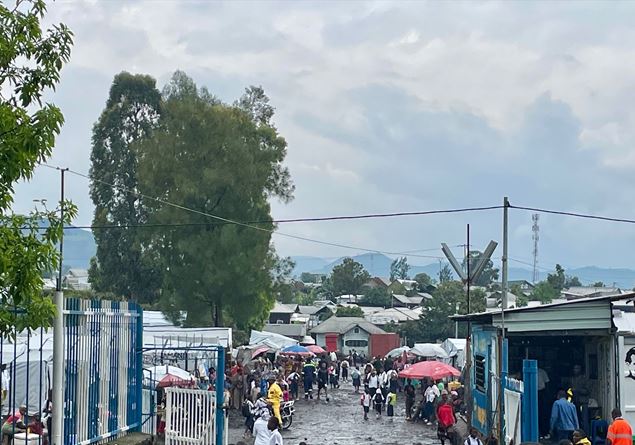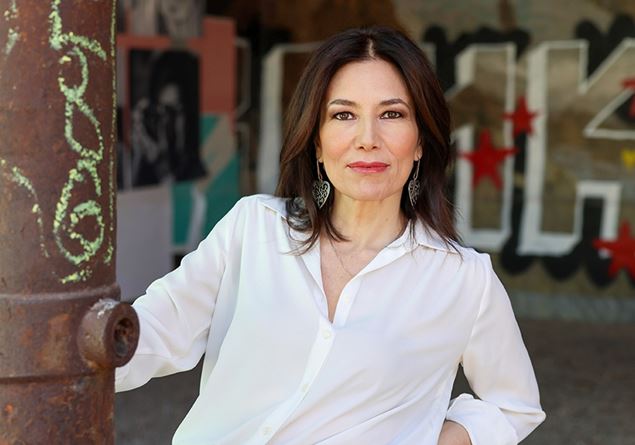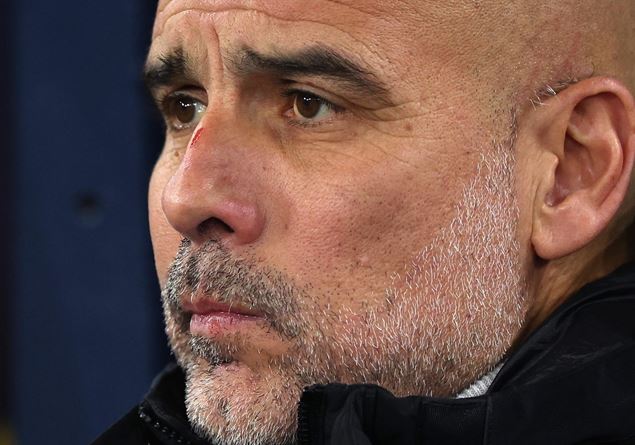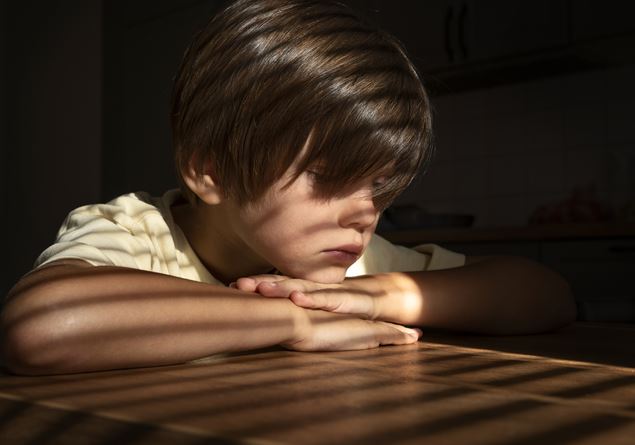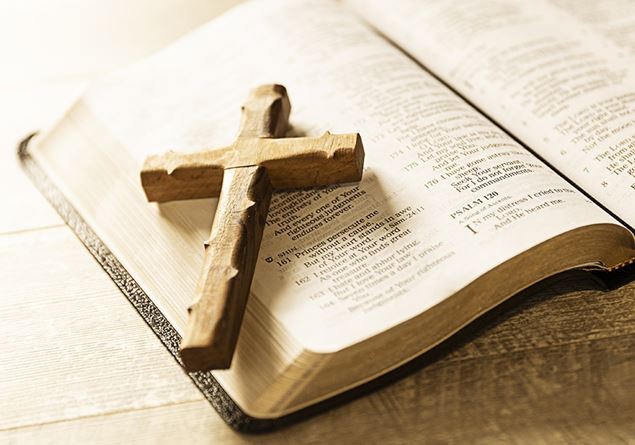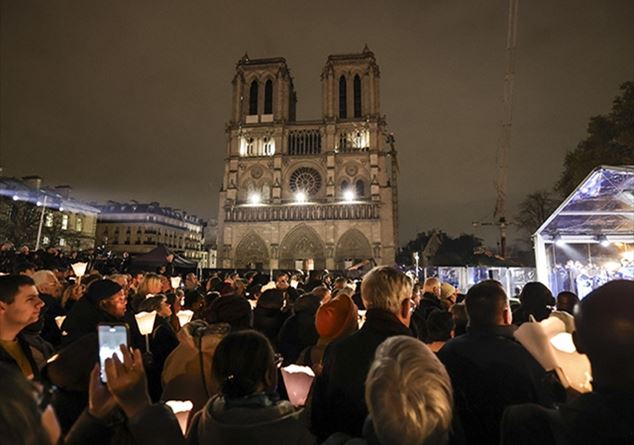
by Lorenzo Rossi
After more than five years of intense work, Notre-Dame de Paris, devastated by the tragic fire of 15 April 2019, will reopen its doors on Saint Ambrose Day, 7 December 2024. The event, long awaited in France and around the world, it will be celebrated with an inaugural ceremony which will include a blessing, the Magnificat, the Te Deum and Vespers. From the following day, 8 December, i.e. from the Immaculate Conception, the cathedral will again be accessible to faithful and visitors, with free admission upon reservation via the official website or a dedicated app.
An extraordinary restoration work
The restoration project saw the involvement of hundreds of craftsmen, architects and restorers, committed to restoring Notre-Dame to its original splendor. The spire designed by Eugène Viollet-le-Duc, which is said to be an unmistakable symbol of the skyline of Paris, has been faithfully reconstructed, and the famous stained glass windows, which tell of centuries of history and faith, have been restored with meticulous care. Even the roof, known as “the forest” for its complex medieval wooden structure (and for this reason as flammable as a match, as unfortunately happened), was rebuilt using innovative techniques and sustainable materials.
This grandiose monument, symbol of Paris, France and the universal Church, one of the cathedrals par excellence, among the most visited monuments in the world, is preparing to welcome back between 12 and 15 million visitors a year, exceeding the previous numbers. fire. However, access will be regulated by an online booking system to guarantee a peaceful and safe experience for everyone.
A symbol of French and world culture
Notre-Dame is not only a masterpiece of Gothic architecture, but a place that has marked the history and identity of France. Built starting in 1163 and completed in 1345, the cathedral has gone through centuries of history, between moments of glory and periods of abandonment. During the French Revolution, it suffered serious damage and was almost forgotten, but it was thanks to Victor Hugo and his famous novel Notre-Dame de Paris (1831) which returned to the center of attention. Hugo wrote: “Time is blind, but man is stupid.” With this sentence, he denounced the neglect that was leading to the ruin of one of the symbols of the city and of European culture. That cry of alarm not only saved Notre-Dame, but led to a renewed interest in the Gothic heritage, culminating in the restorations of Viollet-le-Duc in the 19th century.
A historic event
On 7 December, the reopening ceremony will be attended by French President Emmanuel Macron who will act as master of ceremonies and numerous international leaders, including the President of the Italian Republic Sergio Mattarella. The presence of the Italian head of state, who chose to renounce the traditional premiere of the Teatro alla Scala to be present in Paris, underlines the universal value of Notre-Dame as a symbol of resilience and hope. A celebration is envisaged that combines religious, cultural and civil elements, in line with the historical role of the cathedral as a place of meeting and dialogue.
A rebirth that looks to the future
The 2019 fire profoundly shook France and the entire world, but it also showed humanity’s ability to unite for a common cause. Immediately after the disaster, over 800 million euros were raised in donations from individuals, companies and institutions around the world. These funds made it possible to face one of the most complex challenges in the history of architectural restorations.
The rebirth of Notre-Dame is also an opportunity to reflect on the meaning of historical and cultural heritage. As Victor Hugo once again wrote: «A great building is like a great book; every stone is a word.” The cathedral is not just a physical place, but a universal message that speaks of faith, history and beauty.
A symbol for everyone
Notre-Dame does not belong to a single nation or religion, but to all humanity. It is certainly a universal heritage. As Jean-Luc Mélenchon emphasized after the fire, “Notre-Dame belongs to no one, or perhaps it belongs to everyone.” It is a place where faith, art and history and Christian hope for peace intertwine, creating a universal bond that overcomes cultural and religious divisions. With its reopening, the cathedral is preparing to be, once again, a place of meeting and inspiration for future generations, remembering that even in the face of the most devastating tragedies it is always possible to be reborn.
(top photo: ANSA)




